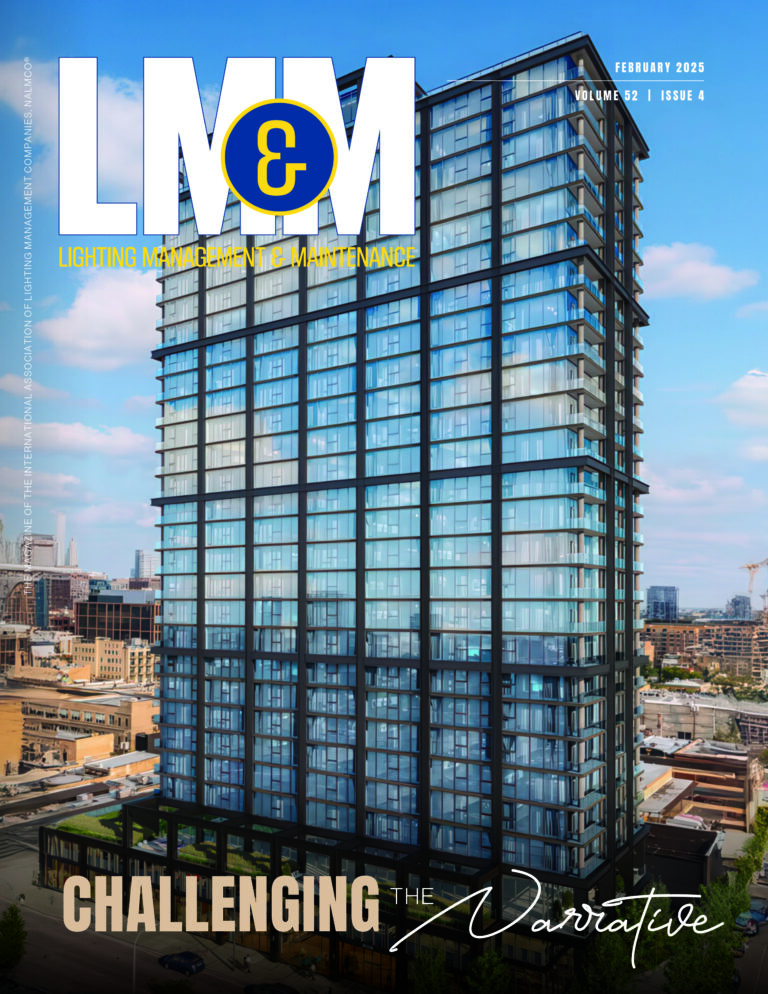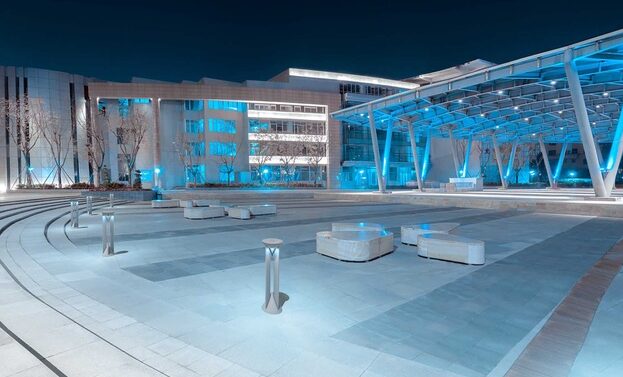What is Build America Buy America?
The Buy America, Buy America Act was originally established by the Surface Transportation Assistance Act of 1982, which was a transportation funding and policy act created under the Reagan administration. The Buy America Act was intended to give preference for the use of domestically produced materials on any procurements funded at least in part by the federal government. On November 15, 2021 President Biden signed into law the Infrastructure Investment and Jobs Act (IIJA) which includes the Build America, Buy America Act, which strengthened the previous laws.
The Act provides statutory authority for the Made in America Office, within the Office of Management and Budget to maximize and enforce compliance.
A clarification was issued by the Made in America Office on April 18, 2022, states:
“By May 14, 2022 [Federal] agencies MUST ensure that all applicable programs comply with… the Act, including the incorporation of a Buy America preference in the terms and conditions of each award with an infrastructure project.”
What is an Infrastructure Project?
The U.S. Infrastructure Investment & Jobs Act of 2021 (IIJA) provides $284 Billion in new spending for transportation infrastructure in the United States of America. Infrastructure projects supported by federal funds under the IIJA are defined:
“The IIJA’s definition of ‘infrastructure’ encompasses public infrastructure projects. Thus, the term ‘infrastructure’ includes, at minimum, the structure, equipment, and facilities for, in the United States, roads, highways, and bridges; public transportation; dams, ports, harbors, and other maritime facilities; intercity passenger and freight railroads; freight and intermodal facilities; airports; water systems, including drinking water and wastewater systems; electrical transmission facilities and systems; utilities; broadband infrastructure; and buildings and real property.”
Further:
“When determining if a program has infrastructure expenditures, Federal agencies should interpret the term ‘infrastructure’ broadly…”
What does compliance require?
Products utilized for projects falling under the BABA requirements from IIJA are all required to be “100% manufactured in the United States”; but for further definition these products can fall under three categories:
- Iron and steel
- Manufactured Products
- Construction Materials
For the iron and steel category, which would include steel lighting standards (poles), the requirement is “mined, melted, manufactured, and coated” in the United States. Although all of the US Architectural poles are manufactured in the United States, the iron is sourced outside of the US. Consequently, at the moment, no US Architectural steel poles are compliant.
The Manufactured Products category includes all the luminaires, as well as arms, aluminum poles and bases. The requirements were specified by the Final Rule determined by the Federal Acquisition Regulatory Council (FAR Council) on March 7, 2022.
Manufactured products must meet the Cost of Components test based on domestic content thresholds that escalate. The cost of components is determined by the ratio of the cost of domestically sourced components divided by the cost of components from outside the US. This explicitly omits the cost of the final assembly. The domestic content thresholds are:
- 55% threshold for items delivered until October 25, 2022
- 60% threshold for items delivered 2022-2023
- 65% threshold for items delivered 2024-2028
- 75% threshold for items delivered starting in 2028
What does Build America Buy America mean to the lighting industry?
So, you’re asking yourself, why is this difficult for lighting manufacturers, they almost all have assembly facilities in the United States? The Made in the US part of the requirement is fairly easy for most US manufacturers. The hard part of the equation is the Cost of Components test (COCT). If you realize that virtually all luminaires these days are LED and that most recognized brand name LED chips and recognized LED power supplies are produced off-shore, then the situation starts to come into focus. The only domestic manufacturers that can meet the escalating COCT at 60% this year are those that source virtually every other part other than the LEDs and power supplies all domestically. Remember that the final assembly is not part of the equation in the COCT. Consequently, BABA compliance with the 60% threshold can be accomplished by a very select group of manufacturers, many offering only a select subset of their total portfolio. This is forcing some manufacturers to start to segment their products with both offshore and BA compliant fixtures, many with a price differential. Some manufacturers have been ignoring the requirements, hoping that they will not be enforced, but we are seeing broad acceptance, with some states educating their inspectors to look carefully at BABA compliance where appropriate.
It was the federal government’s explicit intention to use their infrastructure funds to “bolster America’s industrial base, protect national security, and support high-paying jobs.” The Buy America preference is certainly causing luminaire manufacturers to reexamine their supply chains, reconsider their manufacturing strategies, and to begin to restore their manufacturing capabilities in response to this market shift.
Author: George Preston, CEO of US Pole Company, has more than 30-years of experience in the commercial, industrial and municipal lighting market. His mission to is bring contemporary relevance and aesthetic harmony to outdoor lighting. He can be reached at [email protected] and (661) 233-2000.




